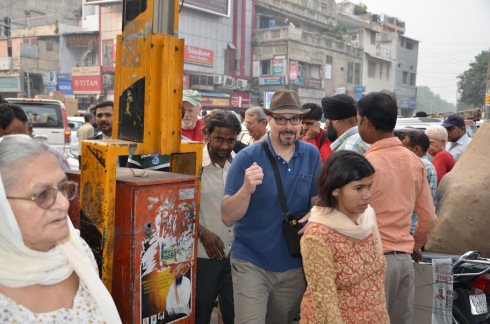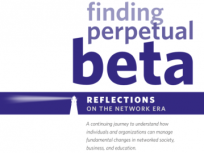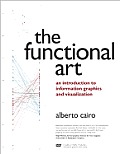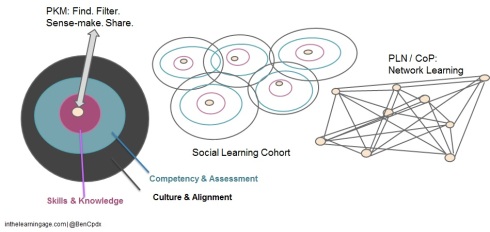I recently returned from an amazing 20 days in India (Delhi, Uttar Pradesh, and Rajasthan). It was overwhelming (in a good way), and I’ll be processing my experiences for quite some time. Just last night I dreamt about being in the beautiful desert city of Jodhpur.
Inspired by Kate Pinner’s frequent reflections on her life and how it relates to our chosen profession, I thought I would share my half-baked reflections even as they are still being sorted.
- Chaos is normal, and fuels productive activity

(Old) Delhi, on the eve of Diwali, November 9, 2015.

I’m not sure I’d been so happy to see the other side of the street.
I heard it constantly during our journey: “India is ‘organized chaos, but somehow it all works.’” It’s a pretty apt description. I have seen traffic in Boston, Bangkok and on the Bay Bridge, but nothing was like Delhi on the eve of Diwali. The key to getting through the cacophony of cars, trucks, ox carts, tuk-tuks and pedestrians is to be both single-minded and good humored about the moving maze. One large man walked by our rickshaw as it inched forward, and said with a wide smile, “Welcome to India!” Indeed. Chaos, cross-traffic and distractors are the reality for most of us, and best option is determined acceptance rather than short-tempered resistance.
- There’s power in diversity
I knew of course that India was a very diverse country, but as compared to North America it is remarkable how people intermingle. Whatever the divides of religion, region, caste, income, education, etc., people are in constant contact with each other (literally). Where in the US, folks can live in a gated suburb or specific ethnic enclave without much rubbing shoulders with others, in India the mix and flow seems constant. I think that is truly to the benefit of all, no matter what tensions may exist.
- Specialization works when part of the tight tapestry (network)

Each vendor sells one thing, and one thing only…
India still appears to be a land of specialization. I saw very few supermarkets or “box” stores. Primarily, if something needed to be purchased or a service provided, you went to the specialist. The knife vendor didn’t also sell saws, the barber didn’t also sell high-end shampoos, and the vegetable vendor sold vegetables, not fruits, canned goods or condiments. But, since each specialist is in close proximity of hundreds (thousands?) of others, one can frequent the expert, the favorite vendor, on the way to and from all the others. All things being equal, I’d rather by my cookware from a cookware vendor than from a department store (or Amazon). You?

…And there are thousands of vendors. Find whatever you need on the narrow streets of (Old) Delhi. Here, Diwali decorations.
- Say “Yes!”
This is true for travel – and life in general: Let your first and last answer to opportunities be yes. But even more so in India, where every single day, all day, there was something new, fascinating, thought-provoking and unexpected. When we spent a day at a tiger nature reserve, I was not feeling well at all. Through the morning drive, where we didn’t spot a tiger or much else, my head cold was terrible. I almost decided to skip the afternoon drive, as the bouncing and dust was hard on my head, and the chance of seeing a tiger was not good. But at the last minute I said yes, and was rewarded for it beyond my dreams….


Thank you, India (apologies, A. Morissette)














